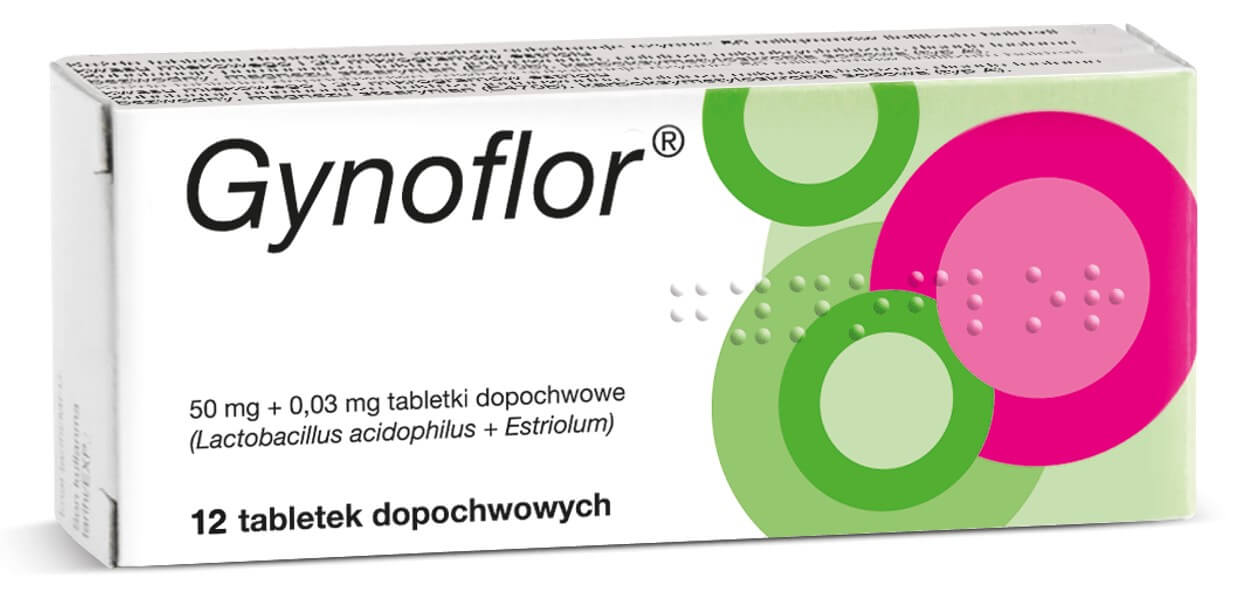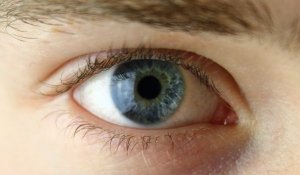his text is for informational purposes only. Please consult a doctor or pharmacist before using any medication.
Read the information leaflet that comes with the medication.
If a sudden allergic reaction (anaphylaxis) occurs after taking Gynoflor, with symptoms like swelling of the face, tongue, or throat making it difficult to breathe or swallow, or there is wheezing, hives, rash, blistering, or peeling of the skin, call a doctor or 911 right away, or go to an emergency room immediately.
Most people who use Gynoflor do not experience any adverse side effects.
Some of the side effects that have been reported include mild vaginal irritation, itching, or burning at the site of application.
Not all side effects are listed here. If these or other unlisted symptoms persist or worsen, consult a healthcare provider or pharmacist.
Gynoflor is mostly used for treating atrophic vaginitis, primarily caused by estrogen deficiency during menopause. Symptoms include dryness, itching, burning, and pain during intercourse. It also assists in the regeneration of the vaginal lining after infections or long-term antibiotic use that disrupts natural flora. Off-label uses may include recovery support after vaginal surgeries, where maintaining healthy flora is crucial.
For atrophic vaginitis, Gynoflor alleviates discomfort, promotes epithelial healing, and restores moisture. For microbiota imbalances, it prevents infections by fostering beneficial bacterial growth.














